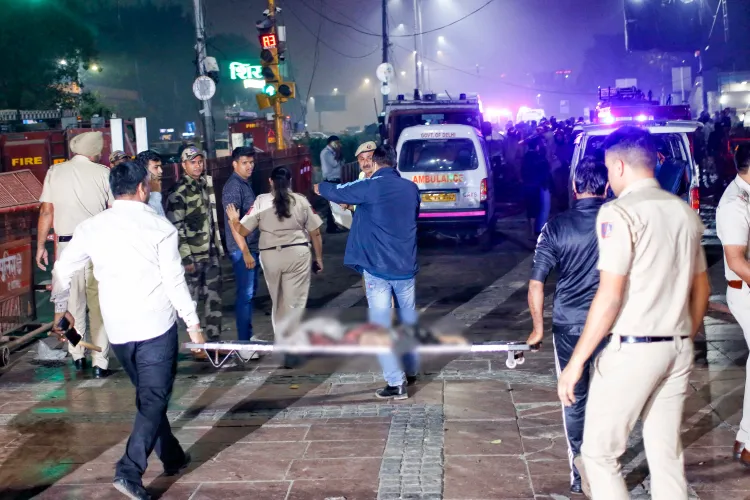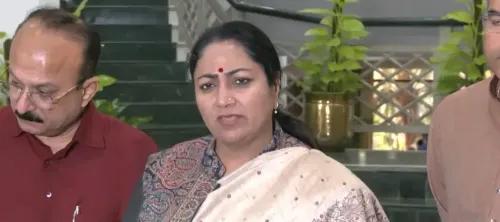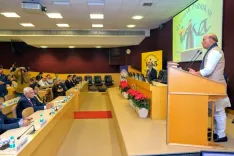Was the Red Fort Car Blast Part of a Larger Terror Plot?

Synopsis
Key Takeaways
- Hyundai i20 explosion near Red Fort leads to 8 deaths.
- Car was parked outside Sunheri Masjid for two hours.
- Multiple law enforcement agencies are involved in the investigation.
- Heightened security measures in Delhi and surrounding areas.
- Potential connections to a Faridabad terror module.
New Delhi, Nov 11 (NationPress) The white Hyundai i20 that detonated on Netaji Subhash Marg in Delhi close to the Red Fort had been stationed outside a mosque for nearly two hours prior to the explosion. Investigations reveal that this vehicle, which resulted in the deaths of eight individuals, including the three occupants, was parked adjacent to the Sunheri Masjid before the tragic event.
Authorities have reconstructed the vehicle's route utilizing CCTV footage from the vicinity. The recordings indicate that the three individuals in the car drove from Daryaganj Market towards the mosque's parking area near the Red Fort around 4 p.m.
The blast occurred at approximately 6:31 p.m., as reported by the police. The car made a U-turn close to the Old Delhi Railway Station and proceeded towards Lower Subhash Marg.
According to police, the vehicle decelerated at the traffic signal on Chhata Rail Chowk, just before the explosion transpired. However, it remains uncertain whether the detonation was intended to happen at the signal or if the occupants aimed to drive the vehicle into the Red Fort.
The investigation is also focusing on the ownership history of the car, which has changed hands multiple times. The vehicle was registered under the number HR26CE7674 in 2014 to one Mohammad Salman, a resident of Gurugram. It was subsequently sold to an individual named Devender, who then transferred it to someone in Ambala.
The identity of the current owner remains unknown, and investigators are actively pursuing this lead. The registered owner is currently in custody and is being interrogated.
Multiple agencies, including the National Investigation Agency (NIA), Intelligence Bureau, and Delhi Police's Anti-Terror Unit, are collaborating on this case. The Ambala Police have also initiated their own investigation.
Union Home Minister Amit Shah stated that a thorough investigation is underway, examining all possible angles.
In the meantime, a heightened state of alert has been declared in Delhi and surrounding states. Authorities suspect that this event may be connected to the disruption of a Faridabad module.
Security measures in the national capital have been intensified, with additional police and CISF personnel deployed. All government facilities and critical locations in the city have been fortified.
The inquiry is delving deeper into the Faridabad module, as there are suspicions that it is linked to this incident. When the module was dismantled, police confiscated 2,900 kilograms of explosives, raising concerns that further attacks may have been planned in Delhi and nearby regions.
An official indicated that the module had intended to execute a series of attacks by equipping cars with explosives, potentially parking them at significant sites in Delhi, including the Delhi Metro, to trigger further blasts.
Preliminary assessments suggest that the goal was to drive vehicles into critical infrastructures, aiming to orchestrate a series of suicide bombings across the national capital, according to officials.









